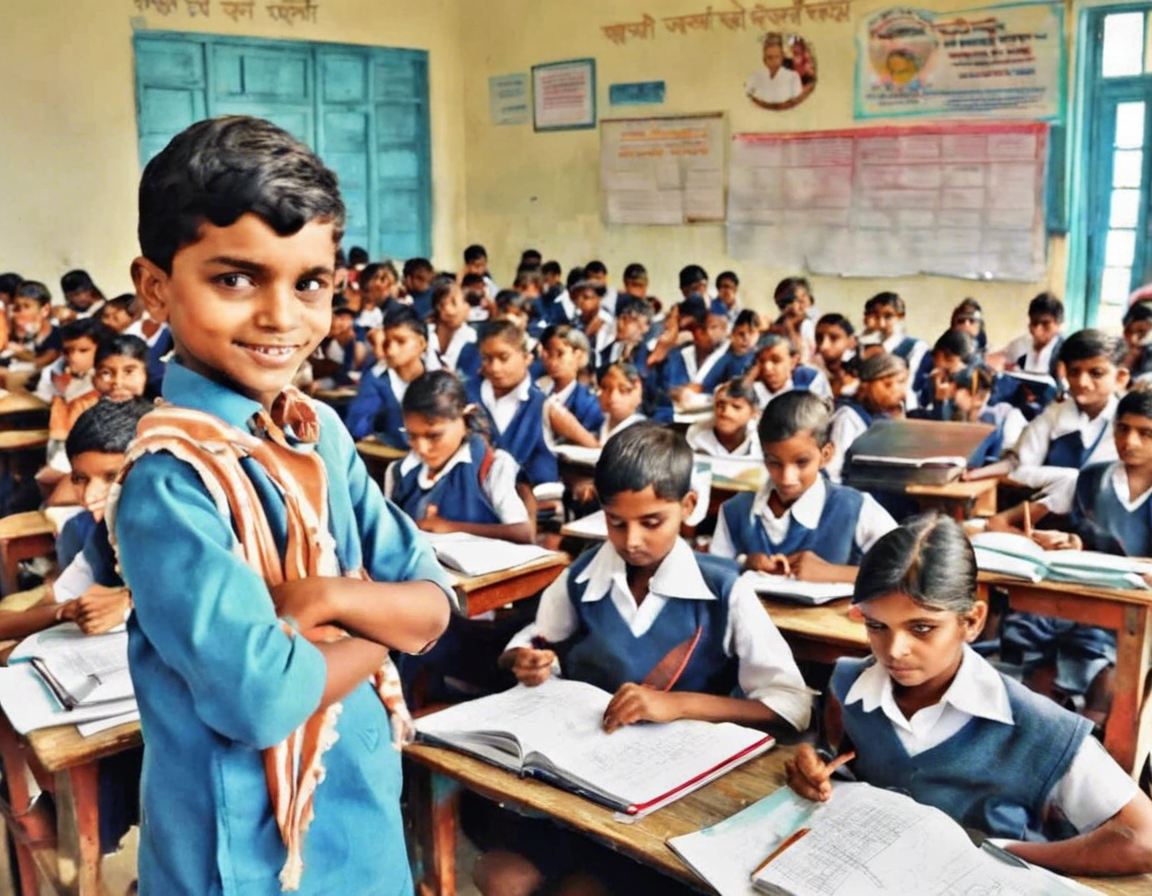Have you ever found yourself in a situation where you are trying to catch a movie or be on time for an event and frantically searching for the timings? One particular phrase that captures this sentiment quite well is “Chand kitne baje nikalega?” This common Indian phrase essentially translates to “What time will the moon come out?”, but it is used colloquially to inquire about specific timings or schedules. In this article, we will explore the origins of this phrase, its cultural significance, and how it reflects the importance of time in Indian society. We will also delve into the concept of timekeeping in ancient India, how it has evolved over the years, and the modern ways in which people check timings for various activities.
Origins and Cultural Significance
The phrase “Chand kitne baje nikalega?” has its roots in a time when people did not have access to clocks or watches to tell time accurately. In the absence of modern timekeeping devices, ancient civilizations, including the Indian civilization, relied on natural phenomena such as the movement of celestial bodies to approximate time. Observing the moon’s appearance in the sky was one way to estimate the time, especially in the evenings when the moon rises at different times depending on the phase.
In Indian culture, the moon holds a special significance, symbolizing beauty, calmness, and the passage of time. The moon has been a source of inspiration for poets, artists, and philosophers, who have often used its imagery to convey deeper meanings about life, love, and the cyclical nature of time. As a result, the question “Chand kitne baje nikalega?” not only serves a practical purpose of inquiring about timings but also carries with it a sense of poetic and cultural resonance.
Timekeeping in Ancient India
Ancient India had a sophisticated system of time measurement that was based on astronomical observations and mathematical calculations. The concept of time was divided into various units such as “muhurta,” “ghadi,” and “prahar,” each representing a different duration. These units were used to schedule religious ceremonies, agricultural activities, and royal functions, reflecting the integral role of time in the societal framework.
The knowledge of astronomy and astrology played a crucial role in determining auspicious timings for important events such as weddings, festivals, and coronations. Scholars and priests would study the movement of celestial bodies, including the sun, moon, and planets, to create almanacs and calendars that guided people in choosing favorable times for their activities. This intricate understanding of celestial phenomena and their influence on human affairs shaped the cultural practices and beliefs surrounding time in ancient India.
Evolution of Timekeeping Methods
With the advancement of science and technology, the way people keep track of time has undergone significant changes. From sundials and water clocks to mechanical clocks and digital watches, humans have devised various instruments to measure time accurately. In India, the adoption of the Gregorian calendar and standardized time zones has brought about a more uniform system of timekeeping, aligning with global practices.
In the digital age, smartphones, computers, and smartwatches have made accessing time information easier than ever before. Mobile applications and websites provide real-time updates on the timings of movies, flights, trains, and events, making it convenient for people to plan their schedules with precision. Despite these advancements, the charm and simplicity of asking “Chand kitne baje nikalega?” continue to resonate with many, reminding us of the cultural heritage and the timeless connection between nature and time.
How to Check Timings in the Modern Era
In today’s fast-paced world, staying informed about timings is essential for effective time management and planning. Whether you are looking for movie showtimes, train schedules, or the timing of a sports match, there are multiple platforms and tools available to help you stay updated. Here are some common methods to check timings in the modern era:
-
Online Platforms: Websites like BookMyShow, IRCTC, and sports league websites provide detailed information about upcoming events, including timings, venues, and ticket availability. You can easily browse through these platforms to find the timings that suit your schedule.
-
Mobile Apps: Dedicated apps for movies, transportation, and sports offer personalized recommendations and reminders for upcoming timings. By downloading these apps on your smartphone, you can access timings on the go and set alerts for important events.
-
Social Media: Platforms like Facebook, Twitter, and Instagram feature event pages and groups where organizers post timings and updates. By following relevant pages and joining groups, you can stay informed about the latest timings in your area.
-
Traditional Media: Newspapers, television channels, and radio stations still serve as reliable sources of timing information for local events, shows, and sports matches. Tuning in to these media outlets can help you plan your activities in advance.
-
Physical Signages: For public events and transportation services, physical signages at venues, bus stops, and train stations display timings and schedules for the convenience of commuters. Paying attention to these signages can ensure that you arrive on time for your engagements.
By utilizing these modern methods of checking timings, you can streamline your daily activities, avoid last-minute rushes, and make the most of your time efficiently.
Frequently Asked Questions (FAQs)
- What does the phrase “Chand kitne baje nikalega?” signify in Indian culture?
-
The phrase is a colloquial way of asking about specific timings or schedules, with a poetic and cultural reference to the moon.
-
How did ancient civilizations like India measure time before the invention of clocks?
-
Ancient civilizations relied on natural phenomena such as the movement of celestial bodies to approximate time, with the moon playing a significant role in timekeeping.
-
What were the traditional units of time measurement in ancient India?
-
Ancient India used units like “muhurta,” “ghadi,” and “prahar” to divide time for various activities and ceremonies.
-
How has timekeeping evolved in modern times?
-
Modern timekeeping methods include digital watches, smartphones, and applications that provide real-time updates on timings for different events.
-
What are some common ways to check timings in the modern era?
-
Online platforms, mobile apps, social media, traditional media, and physical signages are common methods to check timings for movies, events, and transportation services.
-
Why is it important to stay informed about timings in today’s fast-paced world?
- Staying informed about timings helps in effective time management, planning, and ensuring that you do not miss out on important events or activities.
In conclusion, the phrase “Chand kitne baje nikalega?” not only reflects the rich cultural heritage of Indian society but also serves as a reminder of the timeless relationship between nature and time. By embracing modern methods of timekeeping and staying informed about timings, we can navigate our busy schedules with ease and make the most of each moment.



